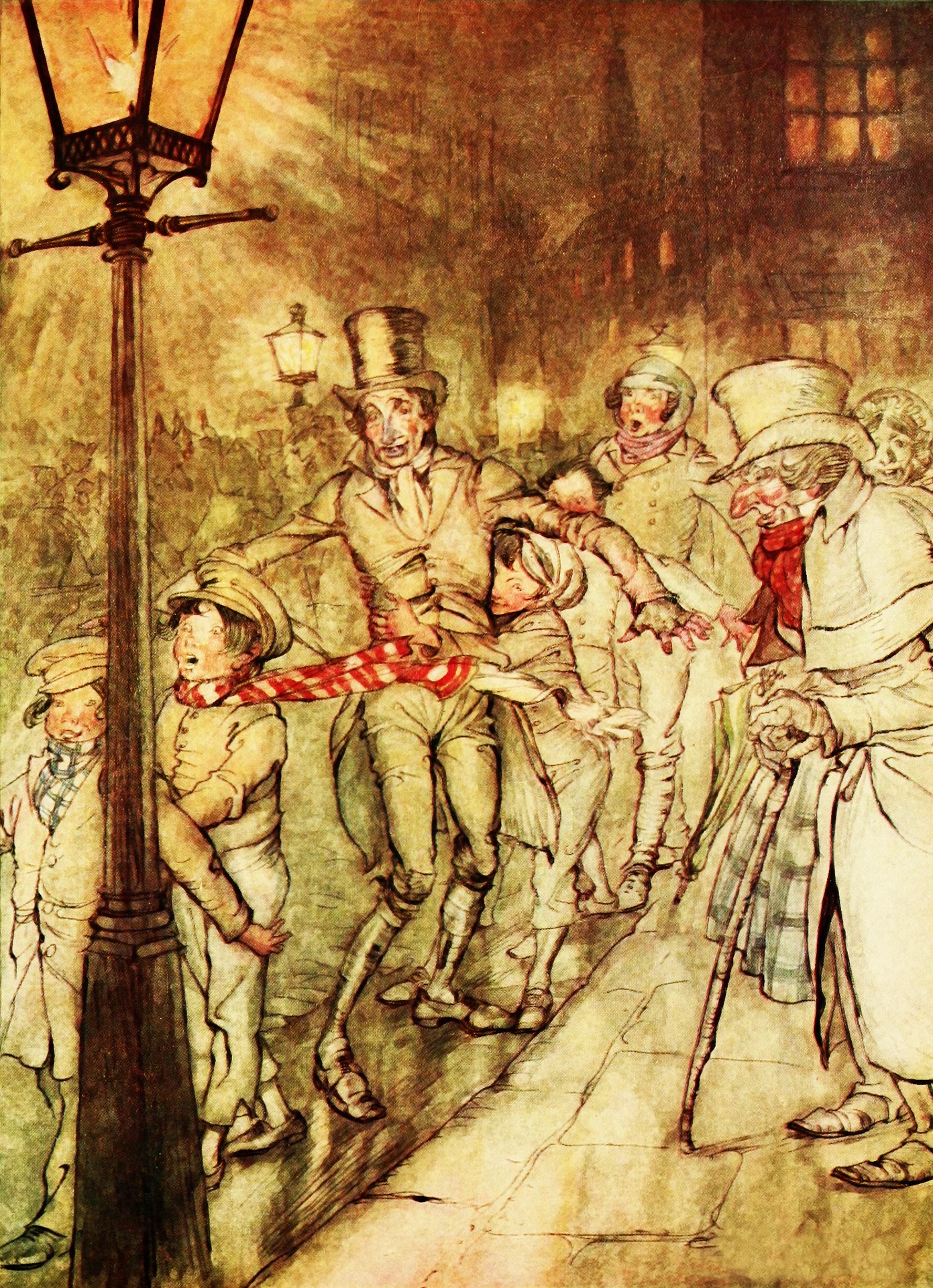
A Christmas Carol Dialect Coach, Saren Nofs Snyder answered a few questions on the dialects in A Christmas Carol, for our student study guide. Thanks again to Metropolis School of the Performing Arts Education Community Engagement Coordinator, Abby Vombrack for gathering and compiling all of this information.
1. What dialect (or dialects) did actors need to learn for A CHRISTMAS CAROL?
For this production we decided to work with three main dialects, all of which are based in England.
The first is called RP, which stands for Received Pronunciation. RP was taught to children in families of royalty (like princes and princesses), families of the aristocracy (people who had titles like Duke and Barron, or held important offices), and families who had the means to send their children to certain schools. Some characters in A Christmas Carol who use RP are Scrooge, Belle, and the school master.
The second, Estuary, is called such because it is mostly used by people who live in London near the Thames River, and its ESTUARY (the mouth of a large river). During this time, there was a lot of pollution in London, so it wouldn’t have been as nice a place to live as today. Families with fewer means would have lived in this area, and spoken in the same dialect. The Cratchit family speaks with an Estuary dialect.
The third dialect we used is called cockney. This was used by many people whose families worked in physical labor or working class jobs in East London. You’ll hear Scrooge’s servants, Old Joe, and the children who live on the streets using cockney.
2. How did you go about teaching/helping the actors with their dialects?
Learning to speak with a dialect or an accent is a lot of fun, but also a lot of hard work! Many of the adult actors in the play studied dialects at some point in their acting training, maybe at a college, or a special training program for actors. This might involve learning IPA, the International Phonetic Alphabet, which is a series of symbols that represent vowel and consonant SOUNDS. For example a G can have different sounds- in “Goat” and “Giraffe” the G sounds different, so they each have their own symbol, instead of just writing the letter G.
For my younger actors, who haven’t yet studied dialects, one way I like to help them learn them is to have them listen to characters in movies who use the same dialect. For example, the Weasley family in Harry Potter speak with an Estuary dialect, while Lucius Malfoy and Hermione speak in RP. For cockney dialects, I always suggest listening to the movie My Fair Lady. Eliza Doolittle, her dad, and their friends use a wonderful cockney dialect!
3. How does the time period of the play affect the dialect work? Would modern speakers in the region sound the same as the characters in A CHRISTMAS CAROL?
While all three of these dialects are still very much heard in London, who might use them today is different. For many years, some countries, including England, operated under a classist system. People who were randomly born into privilege and wealth often felt they were superior to people who worked for a living. One way they could help to differentiate themselves was to speak in a dialect, RP, which immediately let others know of their perceived status. If you were fortunate to have a family which could afford to send you to an English public school (what we in the states call a private school), you would be taught, and expected to speak using RP. In 1922, the BBC (British Broadcasting Corporation) declared RP the broadcasting standard, and it was solely used by on air broadcasters in an attempt to present an air of intelligence.
Today, many ideas of class and status are shifting, and fewer people use RP. Young people, in particular, are dismissing the dialect in an effort to minimize its classist implications. Just as in America where you will hear many, many different dialects, In England, and particularly London, lots of dialects are used. And yes, you would still hear RP, Estuary, and cockney if you were to visit today!
Leave A Comment